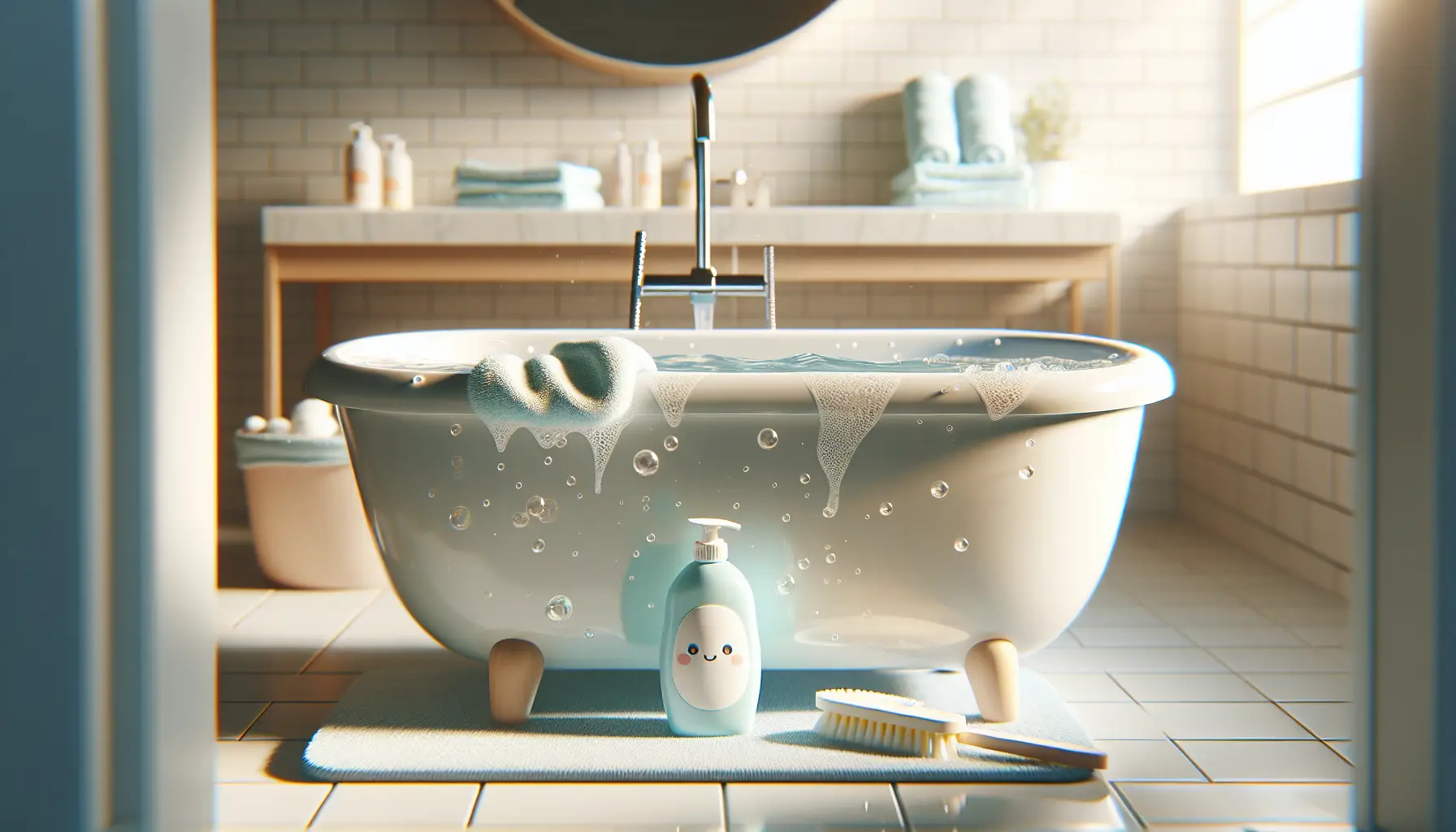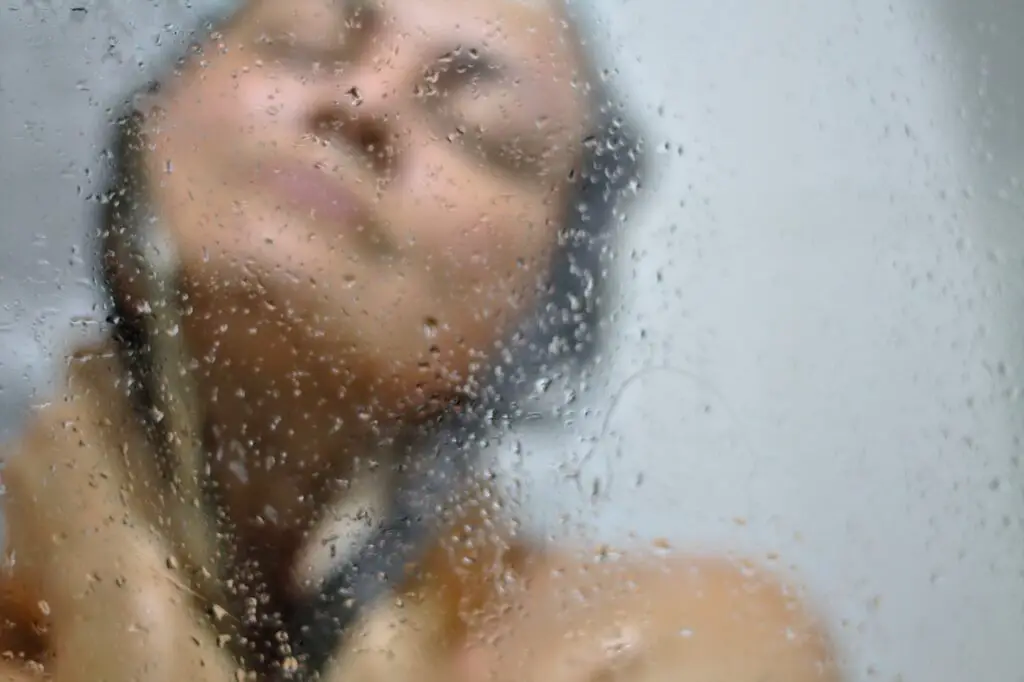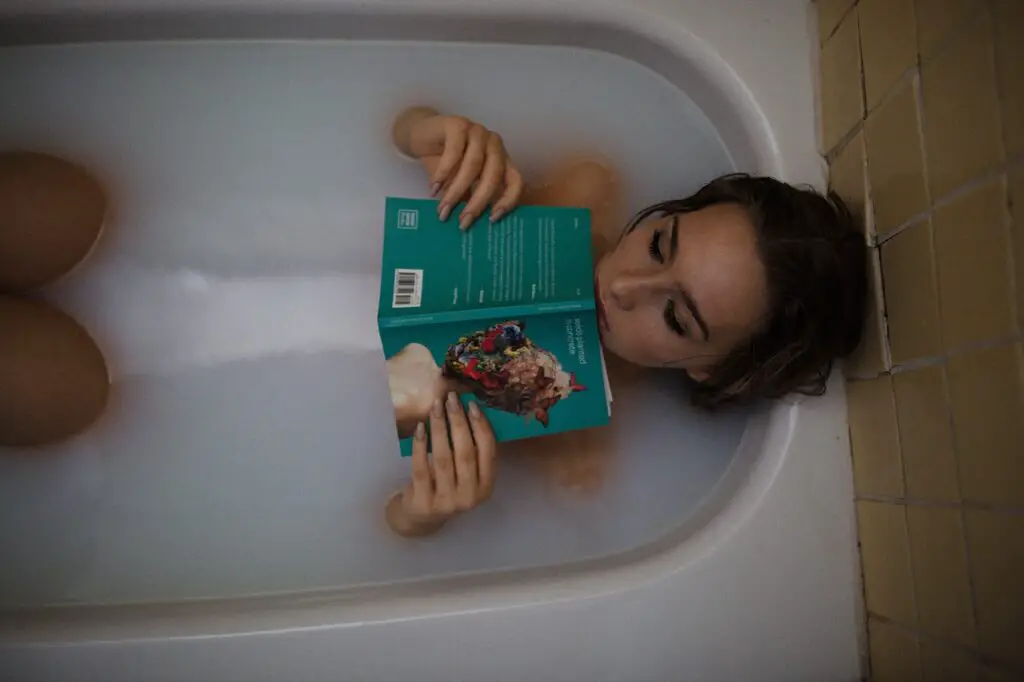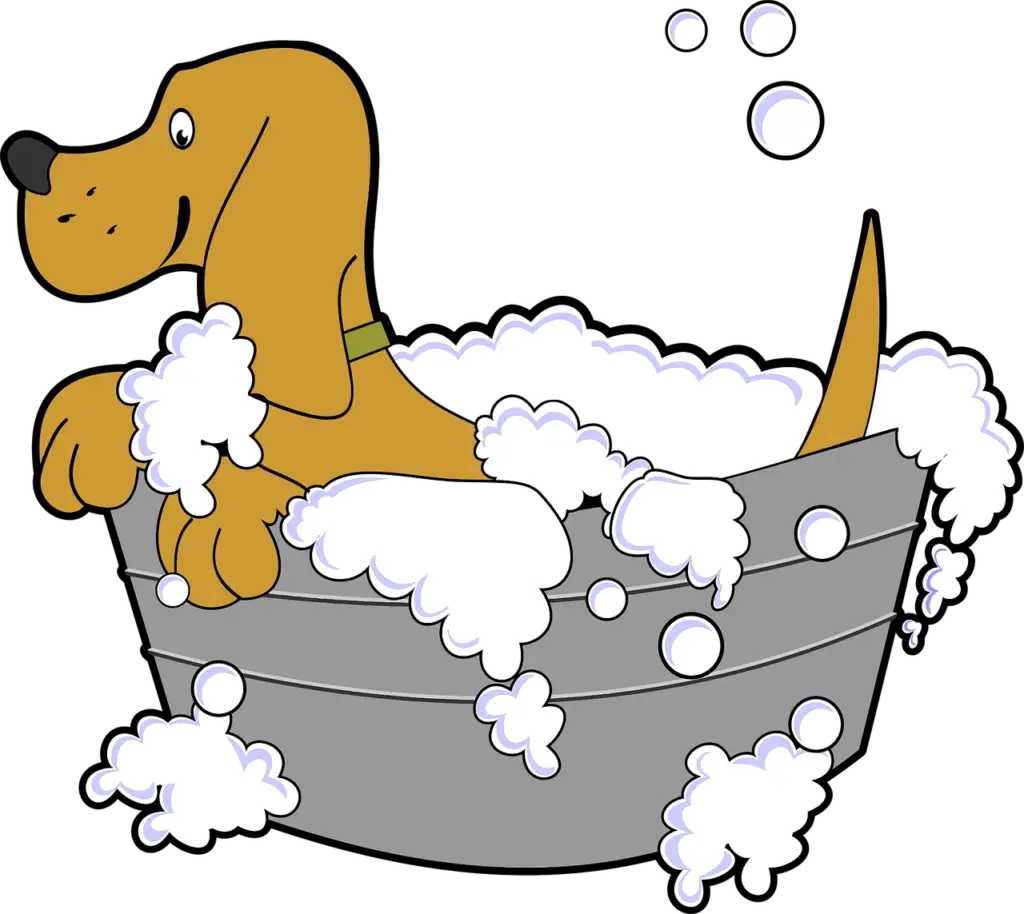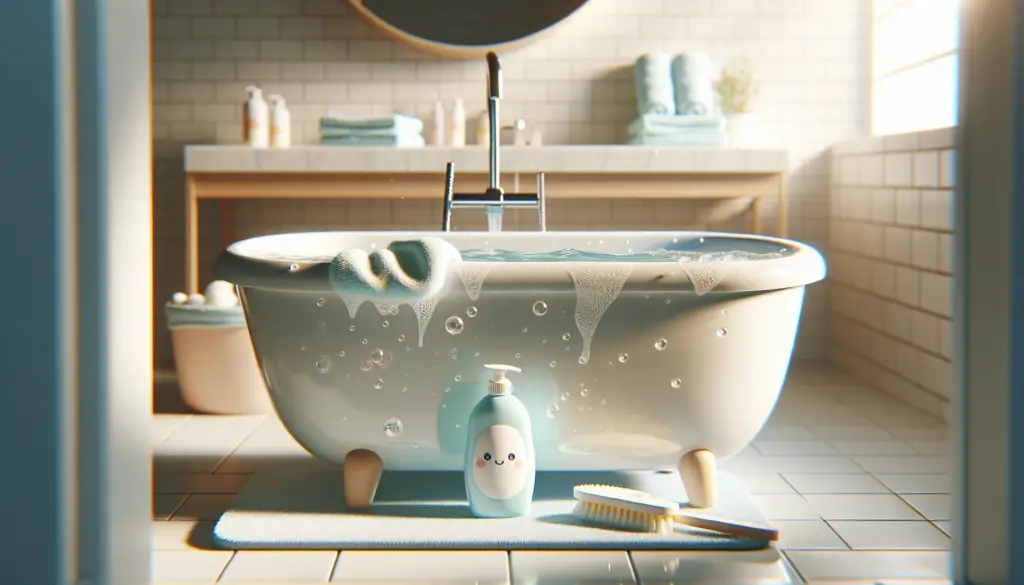Having a clean and sanitary baby bath tub is essential to ensure the well-being of your little one. In this article, you will discover the easiest and most effective ways to keep your baby’s bath tub germ-free and sparkling clean. From simple daily maintenance to deep cleaning techniques, you will learn all the tips and tricks necessary to maintain a pristine environment for your baby’s bath time. So, let’s jump right in and make sure your baby’s bathing experience is always safe and hygienic!
Preparing the Tub for Cleaning
Before you start cleaning your baby’s bath tub, it is important to gather all the necessary cleaning supplies. This will save you time and ensure you have everything you need within arm’s reach. You will need a non-toxic cleaning solution, such as vinegar or mild baby soap, a sponge or soft brush, a cloth for drying, and some paper towels or old newspapers to protect your working area from any spills.
In addition to gathering the cleaning supplies, you also need to ensure a safe and comfortable environment for both yourself and your baby. Make sure you have good lighting in the bathroom, so you can see any dirt or grime that needs to be cleaned. It is also important to create a comfortable space for your baby by placing a non-slip mat or towel at the bottom of the tub to prevent them from slipping during the cleaning process.
Before you start cleaning, make sure to drain any remaining water in the tub. This will help you get a clear view of the surfaces that need to be cleaned and prevent any accidents from happening while you are working on the tub.
Removing Soap Scum and Residue
Soap scum and residue can quickly build up on the surfaces of your baby’s bath tub, making it look dirty and unappealing. Fortunately, there are a few easy ways to remove soap scum and residue without using harsh chemicals that may harm your baby’s sensitive skin.
One effective method is using vinegar for cleaning. Simply fill a spray bottle with equal parts water and white vinegar, and spray the solution onto the soap scum. Let it sit for a few minutes to loosen the residue, then use a sponge or soft brush to scrub away the soap scum. Rinse the tub thoroughly with water to remove any remaining vinegar smell.
Another natural cleaning agent that can be used to remove soap scum is baking soda. Make a paste by mixing baking soda with a small amount of water, and apply it to the areas with soap scum. Let it sit for a few minutes, then scrub gently with a sponge or brush. Rinse the tub with water to remove any baking soda residue.
If the soap scum is particularly stubborn, you can try soaking the tub in warm soapy water. Fill the tub with warm water and add a few drops of mild baby soap. Let the tub soak for about 15-20 minutes, then drain the water and scrub away the soap scum with a sponge or brush. Rinse the tub thoroughly to remove any soap residue.
Cleaning Mildew and Mold
Mold and mildew can easily thrive in a moist environment like a baby’s bath tub, so it is important to regularly inspect and clean for any signs of these unwanted guests. Not only can mold and mildew be unsightly, but they can also pose a health risk to your baby if left untreated.
To inspect for signs of mold or mildew, carefully examine all the nooks and crannies of the tub, paying special attention to areas where water tends to collect, such as the bottom of the tub and the crevices around the drain. Look for any black or green spots, as well as any musty or unpleasant odors.
If you do notice any mold or mildew, one effective method for disinfection is using bleach. However, it is important to note that bleach can be harsh and should be used with caution. Mix a solution of one part bleach to ten parts water, and apply it to the affected areas using a sponge or cloth. Let it sit for a few minutes, then scrub away the mold or mildew. Rinse the tub thoroughly with water to remove any bleach residue.
If you prefer to use natural alternatives to bleach, there are a few options you can try. Tea tree oil is known for its antifungal properties and can be diluted with water to create a cleaning solution. Alternatively, you can mix equal parts vinegar and water, and apply the solution to the affected areas. Let it sit for a few minutes, then scrub away the mold or mildew. Rinse the tub thoroughly to remove any vinegar or tea tree oil residue.
Eliminating Hard Water Stains
Hard water stains are a common problem in many households, and your baby’s bath tub is no exception. These mineral deposits can build up over time and can be quite stubborn to remove. Fortunately, there are a few simple methods you can try to eliminate hard water stains and restore your baby’s bath tub to its sparkling clean state.
Before we dive into the cleaning methods, let’s understand what hard water stains are. Hard water contains a high concentration of minerals like calcium and magnesium that can leave behind a white or cloudy residue on surfaces. These deposits can be particularly noticeable on the surfaces of your baby’s tub, where water tends to accumulate.
One natural cleaning agent that can be used to remove hard water stains is lemon juice or vinegar. Simply cut a lemon in half or pour some vinegar onto a cloth or sponge, and rub it onto the stains. Let the lemon juice or vinegar sit on the stains for a few minutes, then scrub gently with a sponge or brush. Rinse the tub thoroughly with water to remove any lemon juice or vinegar residue.
Another effective method for removing hard water stains is to create a baking soda paste. Mix baking soda with a small amount of water to form a thick paste, and apply it to the areas with stains. Let the paste sit for about 15-20 minutes, then scrub gently with a sponge or brush. Rinse the tub with water to remove any baking soda residue.
Addressing Rust and Mineral Deposits
In addition to hard water stains, your baby’s bath tub may also be susceptible to rust and mineral deposits. It is important to regularly examine the tub for any signs of rust or mineral build-up, as they can not only be unsightly but also pose a potential risk to your baby’s health.
To examine the tub for rust or mineral deposits, carefully inspect all the surfaces, paying close attention to areas where water may accumulate or metal fixtures may be present. Look for any rusty or discolored spots, as well as any rough or grainy textures.
If you do notice any rust or mineral deposits, one natural cleaning method you can try involves using a lemon and salt mixture. Cut a lemon in half and sprinkle salt onto the cut side. Use the lemon as a scrubber and rub it onto the rust or mineral deposits. Let the lemon juice and salt mixture sit on the stains for a few minutes, then scrub gently with a sponge or brush. Rinse the tub thoroughly with water to remove any lemon juice, salt, or loosened rust.
In some cases, specialized rust-removing products may be necessary for more stubborn rust stains. These products can be found at most home improvement or hardware stores, and they often come in the form of sprays or gels. Make sure to follow the manufacturer’s instructions and safety guidelines when using these products, and always rinse the tub thoroughly after application.
Cleaning Bath Toys
Bath toys are an essential part of your baby’s bathing experience, providing entertainment and sensory stimulation. However, they can also accumulate dirt, soap scum, and even mold if not properly cleaned and maintained. Regularly cleaning your baby’s bath toys is crucial for their hygiene and safety.
To clean bath toys, start by inspecting each toy for any visible dirt or mold. Pay close attention to any crevices or holes where water may accumulate. If you notice any dirt or mold, it’s time to give the toys a thorough cleaning.
The easiest method for cleaning bath toys is to use hot soapy water. Fill a basin or sink with warm water and add a few drops of mild baby soap. Submerge the toys in the soapy water and use a sponge or cloth to scrub away any dirt or residue. Pay extra attention to any areas with mold, making sure to scrub them thoroughly. Rinse the toys with water to remove any soap residue, and allow them to air dry completely before storing or using them again.
For an extra level of disinfection, you can also use vinegar or bleach. Mix equal parts water and vinegar in a basin or sink, and soak the toys in the solution for about 15-20 minutes. This will help kill any bacteria or mold that may be present. Alternatively, you can create a bleach solution by mixing one tablespoon of bleach with one gallon of water, and soak the toys for the same amount of time. Make sure to rinse the toys thoroughly with water and allow them to air dry completely.
Regular Maintenance Tips
Once you have thoroughly cleaned your baby’s bath tub, it is important to establish a regular maintenance routine to keep it in pristine condition. Follow these simple tips to ensure your baby’s bath tub remains clean and hygienic between deep cleaning sessions.
After each use, make it a habit to rinse the tub with warm water. This will help remove any residual soap or dirt, preventing them from accumulating and making the next cleaning session easier. Use a soft cloth or sponge to wipe down the surfaces, paying special attention to areas where water tends to pool.
After rinsing, make sure to dry the tub thoroughly to prevent any moisture from lingering. Use a clean, dry cloth or towel to wipe down the surfaces, including the bottom of the tub and any metal fixtures. Drying the tub will help prevent the growth of mold, mildew, and bacteria.
When it comes to cleaning products, it is best to avoid abrasive cleaners. These harsh chemicals can damage the surfaces of your baby’s tub and may leave behind harmful residues. Stick to mild baby soap, vinegar, or other non-toxic cleaning solutions to ensure your baby’s safety.
Storing the Baby Bath Tub
If you plan on storing your baby’s bath tub when not in use, it is important to follow a few simple steps to ensure its cleanliness and longevity.
Before you take down the tub, make sure to do so safely. Follow the manufacturer’s instructions to properly remove any attachments or securements. Take your time and handle the tub with care to avoid any injuries or damage.
Once the tub is safely taken down, it’s time to clean and dry it thoroughly before storage. Use a mild baby soap or non-toxic cleaning solution to clean the surfaces, and scrub away any dirt or residue with a soft brush or sponge. Rinse the tub with water to remove any cleaning solution, and dry it completely to prevent the growth of mold or mildew.
When choosing an appropriate storage area for your baby’s bath tub, opt for a clean and dry space that is away from direct sunlight or excessive heat. This will help preserve the integrity of the tub and prevent any damage or discoloration.
Safety Guidelines
While cleaning your baby’s bath tub, it is important to keep a few safety guidelines in mind to ensure a safe and enjoyable bathing experience for both you and your little one.
First and foremost, always supervise your baby during bath time. Never leave them unattended, even for a short period. Babies can quickly slip or get into dangerous situations, so it’s crucial to always keep a watchful eye on them.
When it comes to cleaning products, avoid using harsh chemicals that may be harmful to your baby’s sensitive skin. Stick to non-toxic alternatives, such as mild baby soap, vinegar, or natural cleaning agents, to ensure their safety.
Lastly, regularly check the tub for any signs of damage. Look for any cracks, chips, or loose parts that may pose a risk to your baby. If you notice any damage, discontinue use of the tub and replace it with a new one to ensure their safety.
Conclusion
Maintaining a clean and hygienic baby bath tub is essential for your baby’s health and safety. By following these tips and establishing a regular cleaning and maintenance routine, you can ensure that your baby’s bath tub remains a safe and enjoyable space for their bath time adventures. Remember to always supervise your baby, use non-toxic cleaning solutions, and check for any signs of damage to ensure a safe bathing experience for your little one.
